Day 58. 25th August, Holmavik to Akureyri, Iceland (North Central).
.
On another damp day I drove from Holmavik to Akureyri. This is the historic Glaumbær farm. The current buildings date from between the eighteenth and mid-nineteenth century but the farm itself dates back to the early eleventh century.
.
You may need to click on the map to see it large enough to read it.
.
The first farmer was Snorri Thorfinnsson, son of Guðríður Thorbjarnardóttir and Thorfinnur Karlsefni. His mother had moved to Greenland and there married Eric the Red’s son and Leif Ericson’s younger brother, Thorstein Eiriksson. Guðríður and Thorstein travelled to Vinland (probably New York State) where Thorstein died. Guðríður later married Thorfinnur and moved again to Vinland with him where Snorri was born. Snorri Thorfinnsson was thus the first known person to be born in North America of European parents. Thorfinnur died in Greenland on their return from Vinland and Guðríður and Snorri probably bought Glaumbær about 1010. Guðríður‘s exploits are related in Saga of the Greenlanders and in the Saga of Eirik the Red.
.
Analysis of an adjacent midden shows that the original turf farmhouse dates back to 1100. However, remains have been found of an earlier scali or longhouse, thirty metres long.
Glaumbær was privately owned until 1550 when Bishop Jón Arason (of whom more later) endowed it as a church property and Pastor’s residence.
.
The buildings have stone foundations, turf walls and rooves, and wooden internal structure. Turf houses can last up to 100 years and are resistant to rain. This was the normal method of building in Iceland until about 1900 due to the shortage of wood.
.
Storeroom.
.
Kitchen.
.
Guest room.
.
Guest room.
.
Storeroom.
.
The far right building is one of the two “nineteenth century houses”. This one was originally in Ísafjörður but was moved to this region when its owner became district administrator of Skagafjördur in 1862. It moved to four other locations in the region over the years before ending up at Glaumbær in 1996.
.
A bit further on from Glaumbær, this is Hólar, the religious capital of Northern Iceland. It was founded in 1106 by Jón Ögmundsson, who became the first bishop there. Skaholt, in the south, which had been the religious centre for all Iceland since 1056, remained as the centre for the south. In 1801 Reykjavik became the centre for all Iceland.
Guðmundur Arason was a prominent Bishop in the early thirteenth century who consolidated the power of the Church. He had a reputation for generosity but was also responsible for many deaths in pitched battles with local chieftans for which he was twice exiled to Norway. Jón Arason, Bishop at Hólar in the sixteenth century, was the last defender of Catholicism against Lutherism imposed by Denmark. The Danish influence conclusively won that argument by capturing and beheading Jón and two of his sons.
The current church dates from 1763.
.
Here are a few turf houses behind the church at Hólar.
.
This is the island of Drangey in Skagafjörður. If you click on the map towards the top of this post, you may be able to make out the island as the small white dot below the “n” of Drangey.
Though scientists will claim it is the remains of an ancient volcano, it is the remains of giants and their cow who were petrified when they were caught by the rising sun. The ancient tales tell us this. The island is the cow and to the left is the woman (Kerling or the Old Hag). Karl, the male, disappeared long ago.
The island is also the last refuge of Grettir, whose epic tale was described in Grettir’s Saga. After many misadventures and numerous deaths, he was declared an outlaw and took refuge on Drangey for nearly twenty years with his brother and a servant. He earned the wrath of local farmers when he took over and lived off their sheep who were atop the island. There were many attempts to kill him over the years until the last one that finally succeeded.
It is possible to visit the island and go to the top though this requires a somewhat parlous landing and a long climb up a vertical steel ladder. On the top it is possible to visit the small depression made from the crude hut that Grettir lived in all those years ago. I went to Reykir to try to arrange this but the boat trips had closed for the season. These images are taken from Hofsos on the other side of the fjord.
In historic times, the island has been notable for the great number of birds nesting there. Many intrepid locals would scale the cliffs and suspend themselves from ropes to gather eggs and birds, much as the residents of St Kilda did for thousands of years.
.
The charming village of Hofsos, with Drangey in the distant background.
.
An old building at Hofsos, a restaurant unfortunately closed at that time.
.
Travelling further took me to a tunnel from Siglufjörður to Ólafsfjörður. This briefly emerges at Hédinsfjardavatn, for just a couple of hundred metres before continuing on to Ólafsfjörður. Hédinsfjardavatn is thus a wild and isolated fjord that is not otherwise easily accessible and where there are no visible signs of settlement. It is not explicitly labelled in the map above though it should be clear enough there and there is an entry for Vik beside it.
.
Hédinsfjardavatn.
.
Coming out of the tunnel from Siglufjörður, this is Ólafsfjörður.
.
Round the corner from Ólafsfjörður and now in Eyjafjörður, here are some views across the fjord.
.
.
.


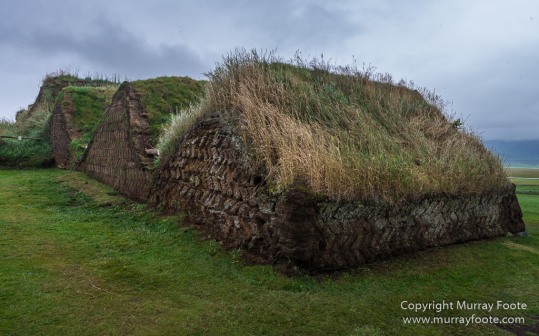
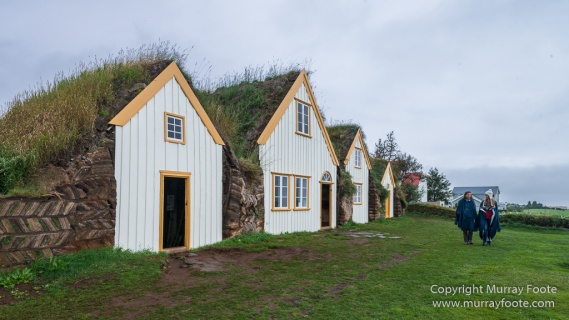





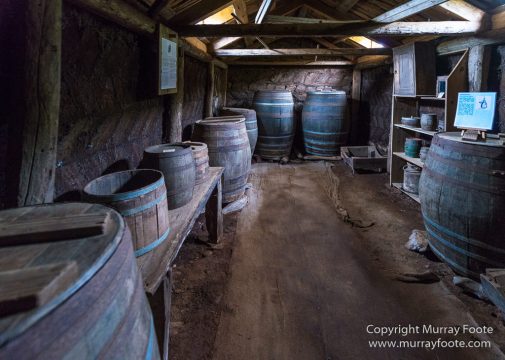
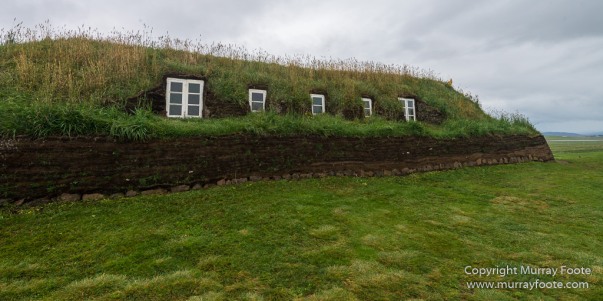

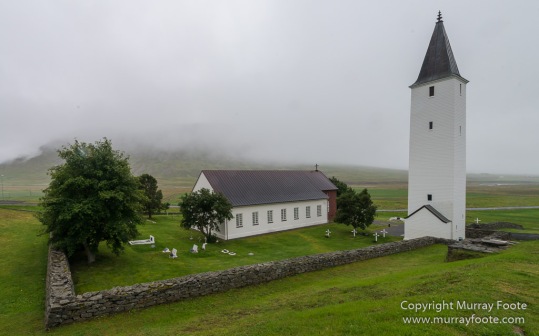
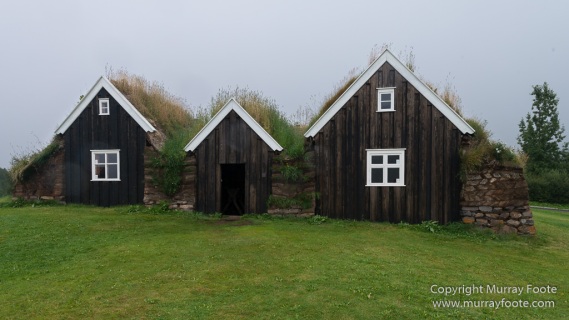





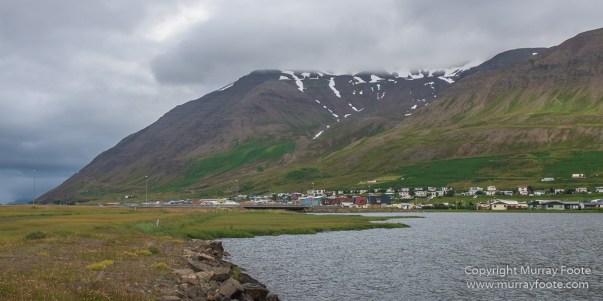



Did you have to learn a whole new keyboard just to explain all that? Wow!
LikeLike
I usually search for the names and copy and paste them. Where necessary or more convenient I insert symbols.
LikeLike
What amazing journeys you take me on! I love those turf houses. Who said eco-building was the ‘new’ thing??? My favorite shot is the one named “Hédinsfjardavatn” but I also love the monochromaticism of the last two. Also, like the tale about Drangey.
LikeLiked by 1 person
Yes the turf houses are amazing, a direct link to the Viking longhouses of a thousand years ago and more.
I agree Hédinsfjardavatn was very special. Hardly anyone would have gone there before before they put the tunnel in not all that long ago.
I was fully prepared to climb Drangey whatever the level of difficulty and even if it took a full day. Sadly (or perhaps fortunately), the opportunity did not arise.
LikeLiked by 2 people
Pingback: Journey to North Atlantic – Itinerary and Index of Posts « Murray Foote
Such cool little structures! And a great landscape. Thanks!
LikeLike
Thanks very much! Definitely some wonderful places to visit.
LikeLiked by 1 person
Pingback: Monochromes – North West Iceland « Murray Foote
Pingback: Monochromes – North East Iceland « Murray Foote